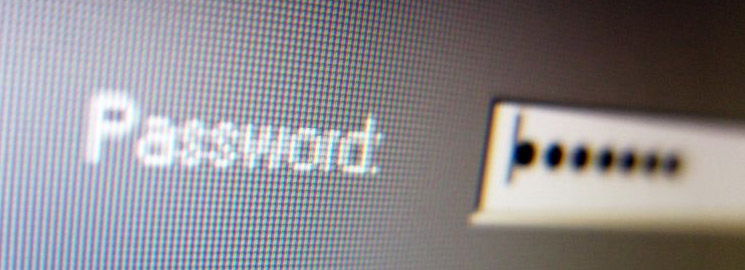It’s annoying to type your personal details — name, address, phone numbers, all the rest of it — every time you need to fill out on online form. Web browsers like Chrome, Safari and Opera realized this years ago, which is why your browser spares you the tedium, helpfully filling in the blanks when you type the first letter of your name, or the first digit of your address. But there’s always a dark side to any digital convenience, and it almost always involves a loss of privacy. Local tech blogger, Kevin Andrews joins us this morning to give us some further information on your browser’s autofill feature.
In many modern web browsers, the first time you fill out a form, your web browser automatically saves that contact information you entered, like your name, address, phone number, email address, or even credit card information, which AutoFill will insert into a form, all in one click the next time you start typing that information onto a website making it very convenient and easy to fill a long form every time you are asked on a website. But, with that convenience is usually a tradeoff with privacy and phishing attackers are realizing this and taking advantage of it.
So, here is a typical scenario – you get an email asking you to update your bank or contact information and you click on the link that brings you to a site that looks similar, if not identical, to the site you expect to go to and fill out an online form. The autocomplete feature will normally popup up with your name – you select your name and allow the web browser to auto-fill out the form for you with your name, address (including postal code) and email address. These are the three most common form field fillers. I know, you are thinking, what is wrong with that, most other websites offer this functionality and the AutoFill capability – right? Well, if a find yourself part of an email phishing attack and end up on a malicious website you may just be asked to fill in you name and email address but what you don’t know is there are many other parts of that form, like phone number or credit card that is hidden from the users view but can be seen by your web browser and it will autofill it anyway. When this happens the malicious creator of the website will end up with your private and personal information without you knowing.
So, to start with, never store credit card data with AutoFill. Many complaints about this problem usually come from the Google Chrome web browser users and so the safest thing to do is to turn off the Google Chrome Form AutoFill feature by:
Clicking on the THREE DOTS icon (top right)
Selecting “SETTINGS” or “OPTIONS”
Select “SHOW ADVANCED SETTINGS”
Under “PASSWORDS AND FORMS”
Uncheck “ENABLE AUTOFILL TO FILL OUT FORMS IN A SINGLE CLICK”
Also too, while your in there, then you might want to consider clearing your Chrome browser cache or browsing data. The browser cache is a temporary storage location on your computer for files previously downloaded by your browser to display websites. Files that are cached locally include documents and images that make up a website essentially allowing your browser to render the website faster by using the local files it has found on your computer. However, some of these files might contain confidential and sensitive information so better safe than sorry and clear out your browser cache. It’s the same process as getting to the AutoFill in Chrome and can be then found under the PRIVACY section. From there just click on the “CLEAR BROWSING DATA” link which will bring up another window with some options and from there then click on “CLEAR BROWSING DATA”.


Leave a Reply